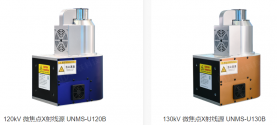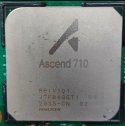manqiangrexue
Brigadier
He didn't get banned for his "bluntness"; he got banned for his lack of logic (I say X; I offer no evidence because that's what you want so that's what I'm NOT going to give you; if you don't have counter evidence to an empty claim, I win.), irrational anger (Huawei rejected me because they're all retarded and if you disagree, your mom honks like a donkey in bed), and childish fits (Deino the rapist raped me again, everyone look at Deino the rapist raping me). And also, right before his last ban about 2 years ago, he said China would take at least 10 years to have an EUV machine. Before that, he claimed that China should offer Taiwan its independence in exchange for TSMC, and when asked how that horribly stupid and morally corrupt deal even attempts to solve the lithography issue since they rely on ASML, he had no answer. So I much prefer the thread now with experts who are more knowledgeable than him and are not insane like him with several accounts pretending to be a pilot, a professional landlord, etc... while sending private messages to members to fish for their personal contacts.Yeah such a waste, we need people like him to enhance the discussion, we may not like his bluntness BUT we are here to learn and he is eager to share.
Last edited:




